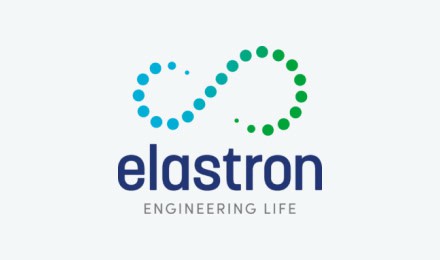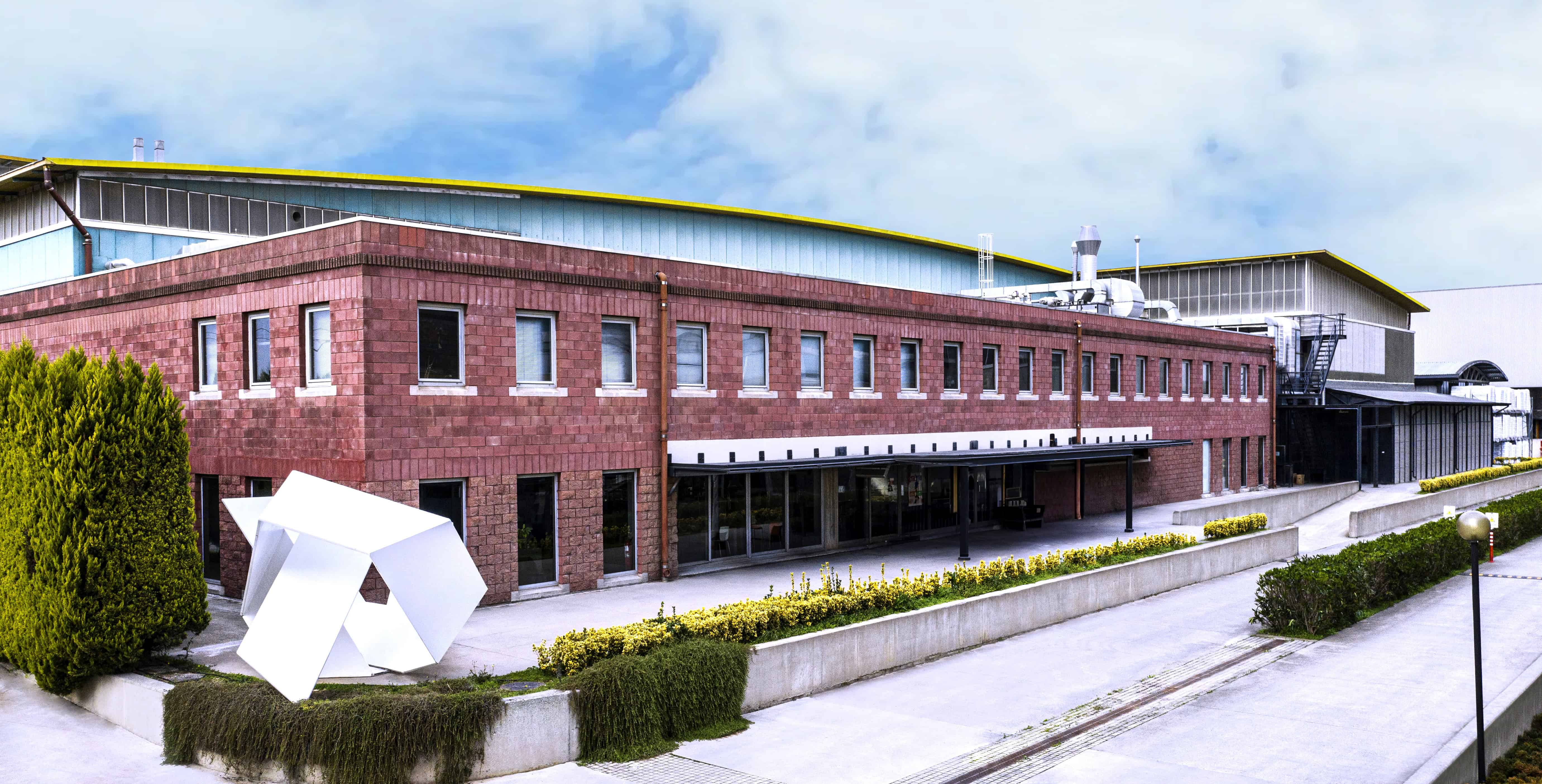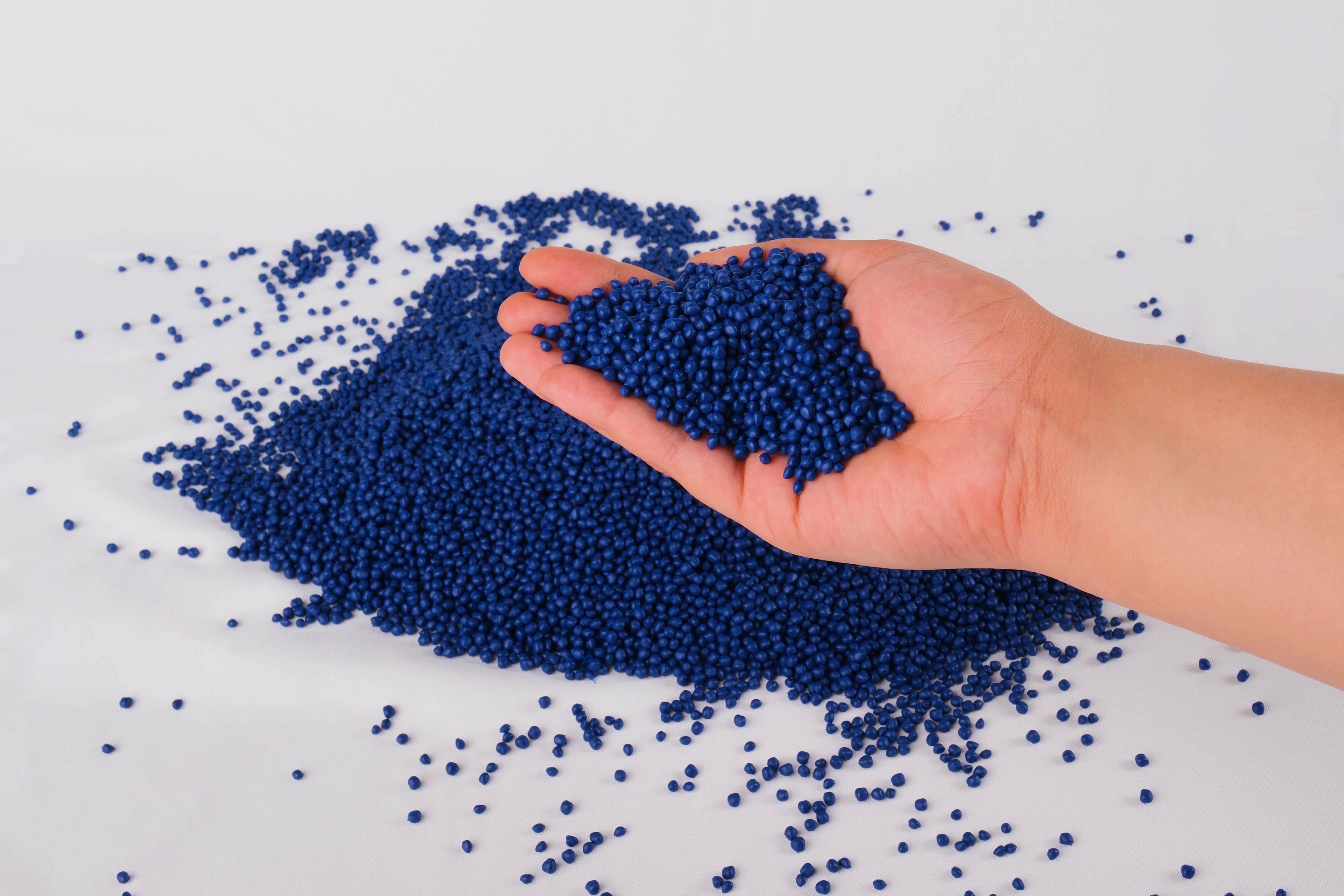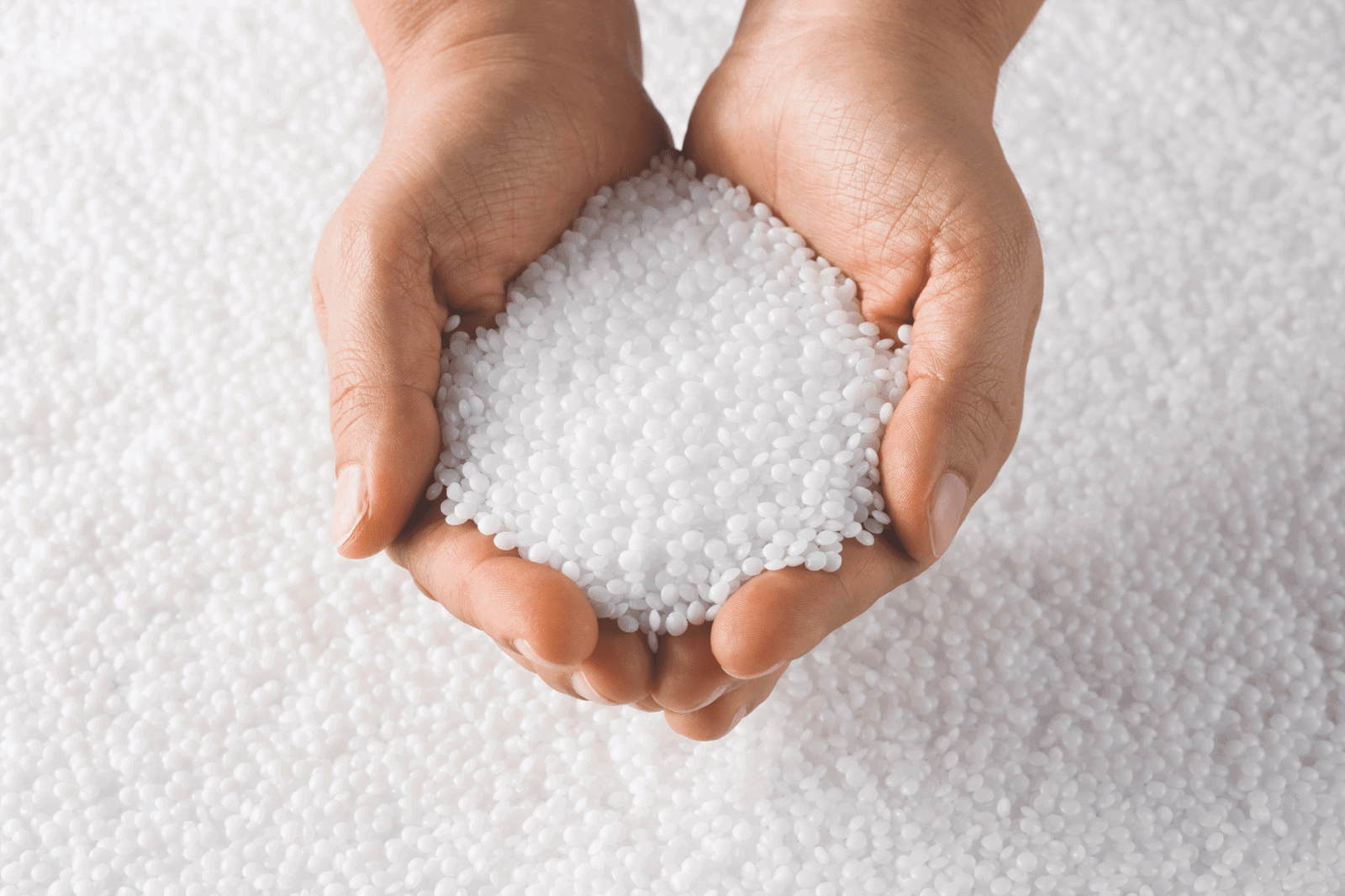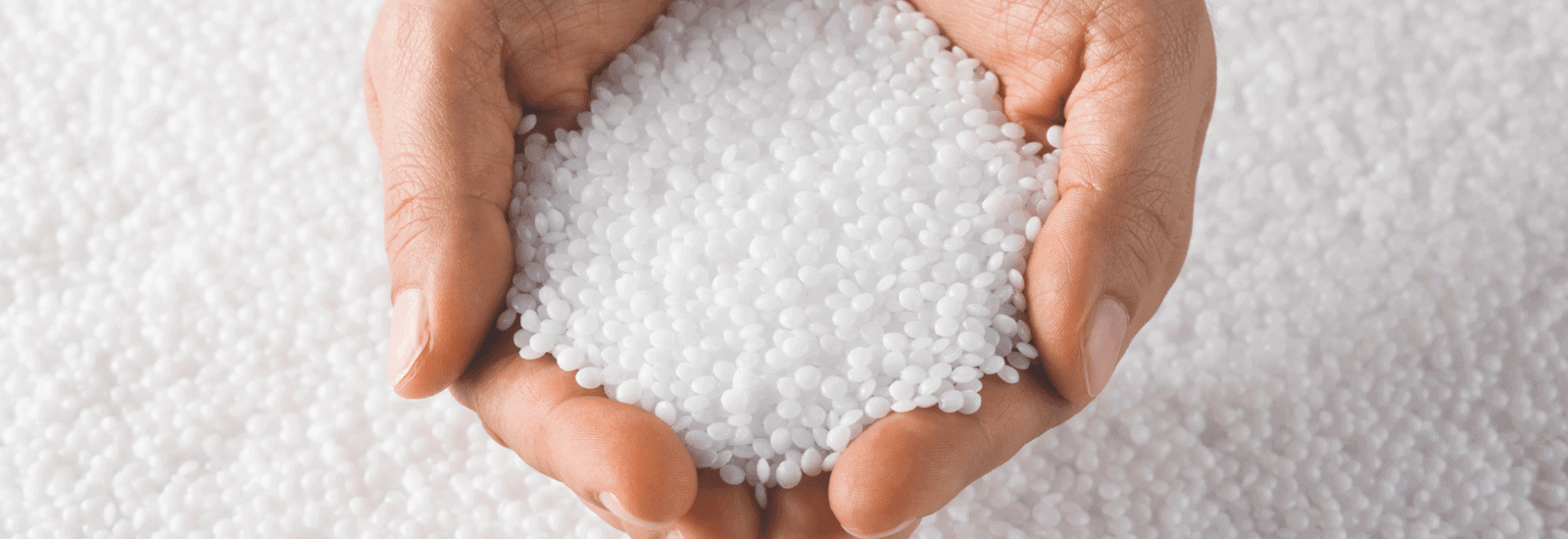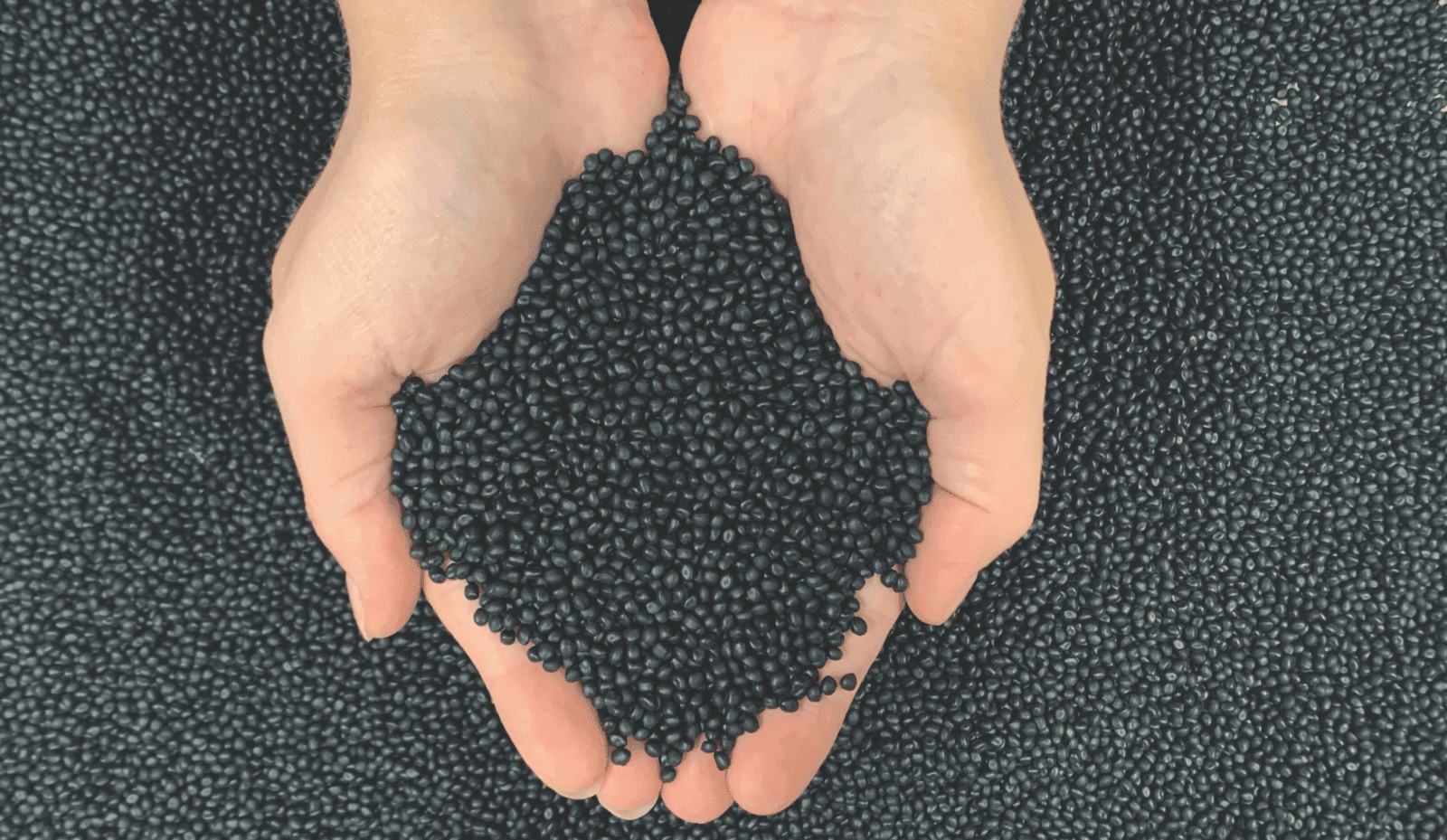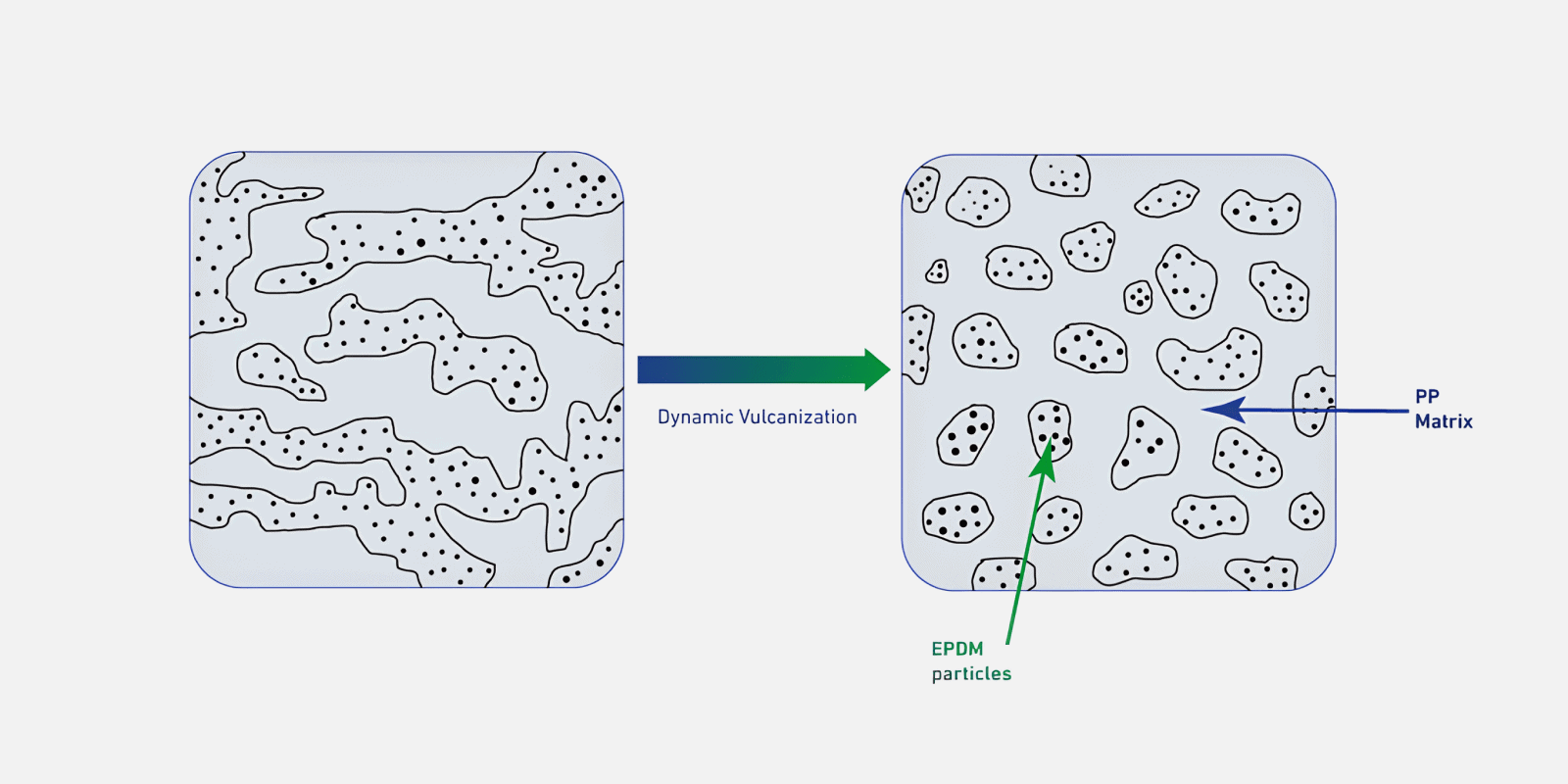SBCs are multi-phase compounds in a poly (styrene-b-elastomer-b-styrene) structure in which the phases are chemically bonded by block copolymerization. Styrenics are most commonly used among the basic TPE categories. This is because styrenic block copolymers can successfully blend with many materials including fillers, extenders, additives, and other resins.
The properties of the block copolymer vary according to the chemical structure of the elastomer phase. The most commonly used soft phases are butadiene, isoprene, and ethylene-butylene monomers.
